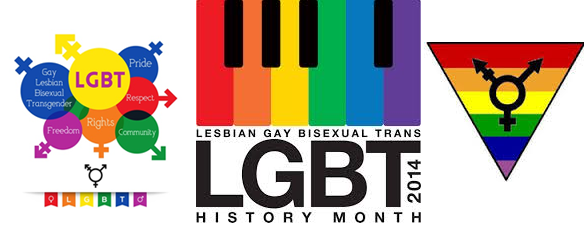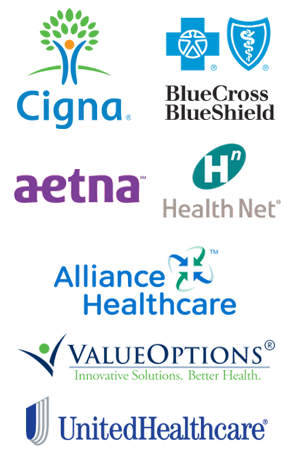LGBT

An LGBT (lesbian, gay, bisexual and transgender) individual is different in regards to sexual orientation by self-definition and in the degree of affiliation with other LGBT persons. LGBT people and homosexual behavior have been documented throughout history and are found across almost all cultures today. At one point in time, homosexuality was considered a mental illness until 1973 when the American Psychiatric Association dropped it as a classification.
It is now considered a normal variation of human sexual and emotional expression. It is hoped that this would allow a non-pathological and non-prejudicial view of the LGBT community. Effective treatment for addiction for the LGBT community must take these and many other factors into consideration. Understanding the unique issues and appropriate terminology is critical when working with LGBT clients. Sexual orientation, sexual behavior, gender identity and gender role are all different concepts.
Understanding LGBT Terminology is Crucial to Treating Substance Abuse Addiction
Sexual orientation is the affection showing or loving attraction to another person. Heterosexuality is the attraction to persons of the opposite sex; homosexuality, to persons of the same sex; and bisexuality, to both sexes. Sexual orientation can be thought of as ranging along a continuum from same-sex attraction at one end of the continuum to opposite-sex attraction at the other end. There are many different types of attraction that fall somewhere in between those two.
Sexual behavior, or sexual activity, differs from sexual orientation and alone does not define someone as a LGBT individual. Sexual identity is the personal and unique way that a person perceives his or her own sexual desires and expressions. Biological sex is the biological distinction between a man and a woman. Gender is the concept of maleness and masculinity or femaleness and femininity.
Gender identity is the sense of self as male or female and does not refer to one’s sexual orientation or gender role. Gender role describes the behaviors that are viewed as masculine or feminine by a particular culture. Transgender individuals are those who conform to the gender role expectations of the opposite sex or those who may clearly identify their gender as the opposite of their biological sex. In common usage, transgender usually refers to people in the transsexual group. This may include people who are contemplating or preparing for sexual reassignment surgery. A transgender person may be sexually attracted to males, females or both.
Sexual orientation and gender identity are independent variables in an individual’s definition of themselves. How an individual learns to acknowledge, accept and then act on a sexual orientation that is different from that of the majority is shaped by cultural, religious, societal and familial factors. Transgender clients face a somewhat similar challenge in coming to terms with a gender identity that differs from their biological gender.
Understanding the Increased Rates of Substance Abuse in the LGBT Community
Studies indicate that when compared to the general population LGBT people are more likely to; use alcohol and drugs, have higher rates of substance abuse, are less likely to practice abstinence and are more likely to continue drinking heavily later into life. There is some research to suggest that approximately 30 percent of all lesbians have an alcohol abuse problem. Studies that compared gay men and lesbians with heterosexuals have found that 20 to 25% of the gay men and lesbians are heavy alcohol users, compared with the 3 to 10% of heterosexuals. It has also been found that marijuana and cocaine use seems to be higher among lesbians than among heterosexual women.
Although LGBT people have been found to use alcohol and many different types of drugs, certain drugs seem to be more popular in the LGBT community than in the heterosexual community. Studies have found that gay men and men who have sex with men (MSM) are significantly more likely to have used; marijuana, psychedelics, hallucinogens, stimulants, sedatives, cocaine and barbiturates. Party drugs, such as ecstasy, Special K (ketamine) and GHB (gamma hydroxybutyrate) are all gaining popularity among some segments of the LGBT population. Party drugs are often used during circuit parties and raves because they can impair judgment. Although it is risky, this impairment results in increased sexual behavior. In recent years, there has been a dramatic increase in methamphetamine abuse among some segments of the LGBT community. The sexually transmitted infections, HIV and hepatitis C, are linked with methamphetamine use in the LGBT community.
If you or someone you love is part of the LGBT community and is suffering from addiction, call us at Step One Recovery today.


